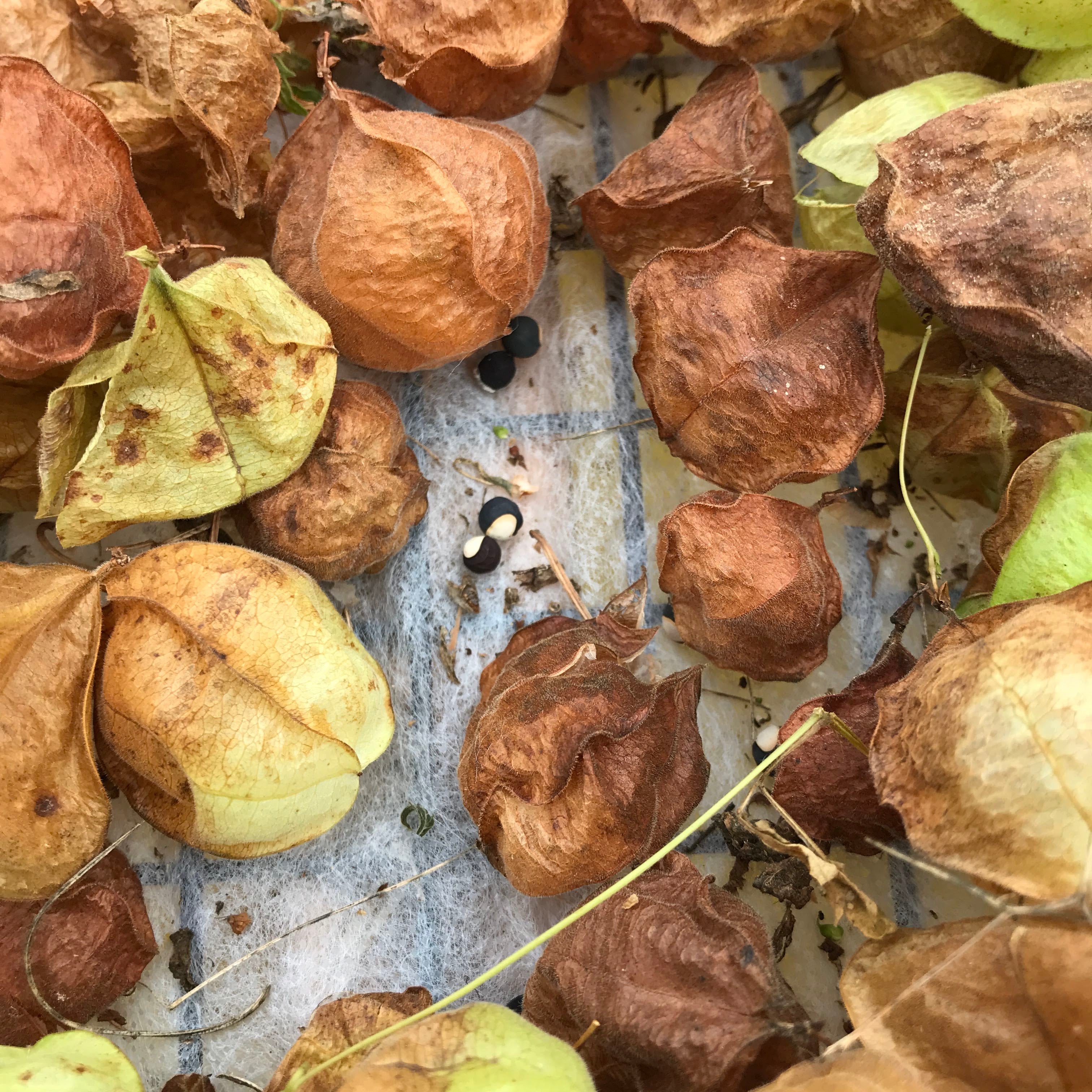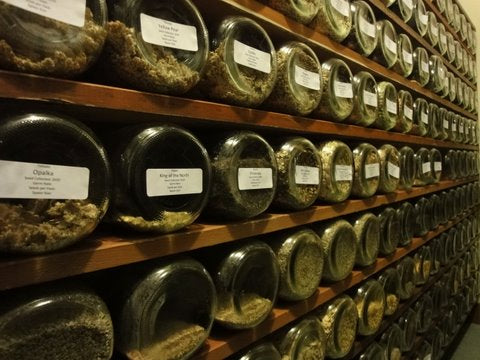
Seed's Eye View: Cleaning and Storage
Whether you have leftover seeds that didn’t get planted or saved new seeds from the plants you grew, cleaning and storing them properly will help you have viable seed to plant next spring.
Seeds are living organisms. Just like us they need air, water, and nutrients to stay alive. When we are storing seeds we are essentially slowing down their metabolism so that they can survive on their inner resources until the time is right to grow. This is a natural process for many seeds in the wild, but for our cultivated varieties that are not used to winter or long periods of dormancy; we need to help them out.
Cool, Dark, Dry, Clean
To keep seeds healthy for the winter, you need to make sure that there are no triggers for growth. Seeds see light, warmth, and moisture as green lights to start growing. Keeping them cool, dark, and dry helps them rest up until the weather and our gardens are ready for them.
Cool means cool enough. Not freezing and not warm. Cool also means consistent. Choose a place where temperatures will not get warm and cold. If your only option is a fridge, make sure they are in a closed container that will keep out the humidity.
Dark means dark enough. You don’t have to construct some kind of leak proof UV barrier vault. A closet, or drawer will be just fine.
Dry means dry enough. Don’t go investing in a moisture meter or special dehydrator to get seeds down to the 2.5 – 5 % moisture content you may see recommended for long-term storage. You’re not in the long-term storage business. You just need to get them through one or two winters. A good test for “dry enough” is the finger nail test. For small seeds if you can crack one when you pinch it between your nails it’s good to go into storage. Drying seeds should be done out of direct sunlight and where there is good air circulation. Ovens, microwaves, and dehydrators will kill seeds. A simple screen or paper towel will do. We like to use natural unbleached coffee filters for drying wet seeds like tomatoes.
Clean means clean enough. (See a trend here?) For us, and other seed companies, clean seed is of utmost importance. We want to make sure there is as little chaff (non-seed organic matter) as possible. We also want to make sure there are no weed seeds mixed in. For home gardeners however, absolutely clean seed is not a necessity. A bit of chaff and dust is ok. Just keep in mind that chaff holds moisture so make sure to clean what you can, and dry everything, before storing.
Hello My Name Is Seed
Label your seeds. You may know what they are now, but come next spring if they aren’t labeled, you probably won’t remember beyond, “some kind of pepper.” If you saved seeds, put some extra info on the label such as original source and growing notes.
You don’t have to be perfect, but following these simple tips will help keep your seeds healthy and viable from season to season. In late winter we’ll talk about how to germination test your seeds, especially your older ones, before you plant them.







